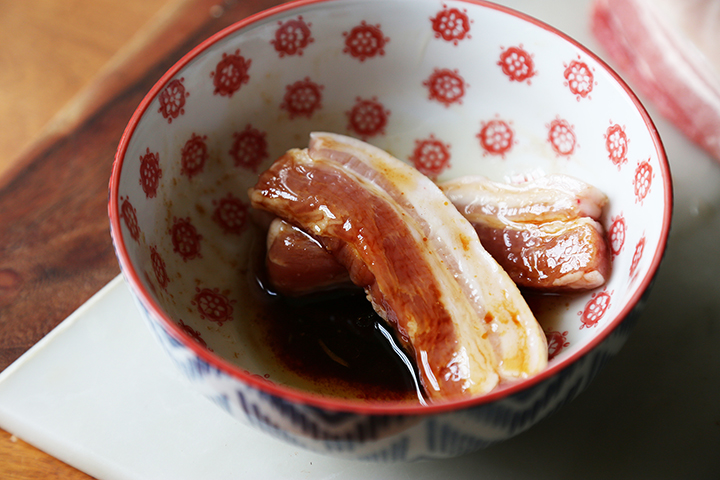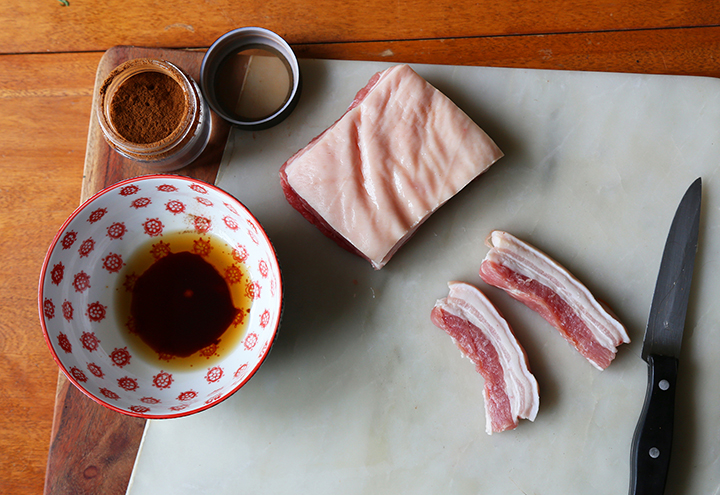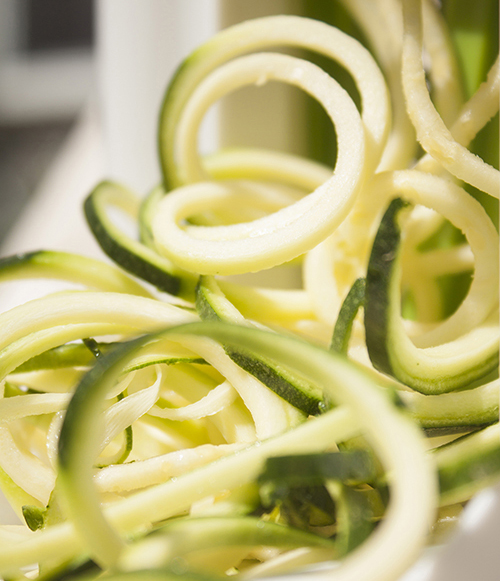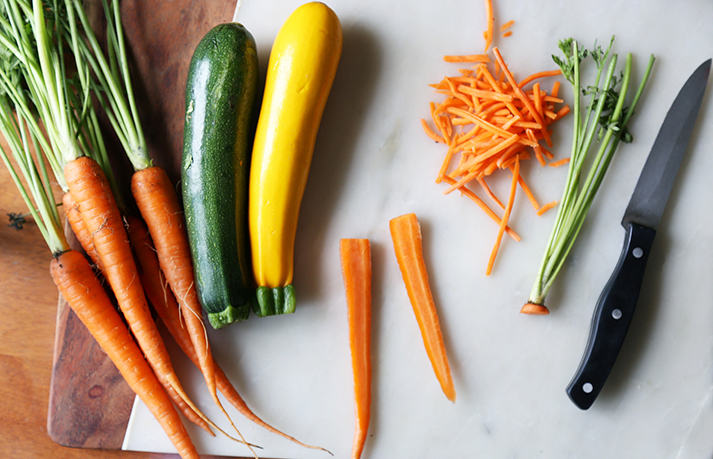Bibimbap is probably one of the most well-known and beloved Korean dishes to many people. Even if someone doesn’t know anything about Korea, it’s not too difficult to find people who have had bibimbap sometime in their lives.
Bibimbap simply translates to “mixed rice with meat and assorted vegetables.“ You can make endless variations to this dish depending on your preference, what you have in your fridge at the time, and dietary requirements. More traditional and authentic versions are served with raw beef and raw egg yolk, along with other vegetables. I prefer making mine with cooked ingredients like pork belly and tons of steamed or sautéed veggies!




Adding kimchi to the dish also adds a lot of flavor. More flavourful than spicy, kimchi is a fermented cabbage product with chilies. Kimchi has helpful digestive properties and is loaded with probiotics.
Follow the package instructions for cooking the rice. Typically for every cup of rice, add 2 cups of water. Add the rice to the water right away, working up to a boil. Do not stir the rice. When it looks like the water has been almost fully evaporated, take a taste test—if it is hard, add a bit more water. Do this, checking often towards the end of its cooking process until it is finished.
To fry eggs, use a tiny bit of high-temperature cooking vegetable oil, like canola, only adding the tiniest amount to prevent them from sticking. Using a non-stick skillet is also helpful! Cook one egg per person and keep the yolk a little over easy for a more authentic experience!
Plate all your ingredients together—topping the dish with kimchi and green onion if you wish.
Now you know how to make bibimbap! How do you enjoy eating bibimbap at home? Do you have any secret ingredients you like to use?
Yield: Serves 6-8
Preparation Time: 40 minutes
Cooking Time: 20 minutes
Ingredients:
- 300 g pork belly (about 2/3 a pound)
- 1 Tbsp soy sauce
- 1 tsp brown sugar
- 1 clove garlic, minced
- 1 cup carrots, julienned
- 2 small zucchinis, spiralized
- 1 beet, spiralized
- 1 cup red cabbage, chopped
- 1 cup sprout greens
- 1 cup broccoli, chopped into bite-sized pieces
- 2-3 green onions, for garnish
- 1 cup kimchi
- 1/2 tsp salt
- 1/2 Tbsp soy sauce
- 6 eggs
- 2 cups rice, either whole grain or short grain white
- 1 Tbsp sesame oil
- 1 Tbsp canola oil, for cooking eggs
Cooking Instructions:
- Slice the pork belly into thin strips and marinate them in soy sauce, brown sugar, and minced garlic for 30 minutes before cooking the pork belly on the stovetop. When cooking the pork belly, set the temperature to medium heat. Heat the pan before placing the pork belly on top—you may hear the fat crackle a bit once you set the strips down! It takes about 10-15 minutes to cook the pork belly and I usually increase the heat towards the end of cooking to encourage the pork belly to get crispy.
- To make fun shaped vegetables like a side of beets and zucchini noodles, I used a spiralizer. You can find a good quality spiralizer for about $30 at Walmart. Start by peeling the vegetable skin first, then wash the vegetables off. Pick the blade you want to use from your spiralizer set, whether you want larger thicker noodles or skinnier shaped noodles, and then spiral away!
- To season the vegetables, mix together some salt, soya sauce and sesame oil. I like keeping the vegetables raw, but if you prefer to cook them, place them in a wok with the seasoning and cook for about 5-7 minutes on medium heat over the stovetop. I recommend cooking the beets separately from the other ingredients, or all your vegetables will turn beet red!